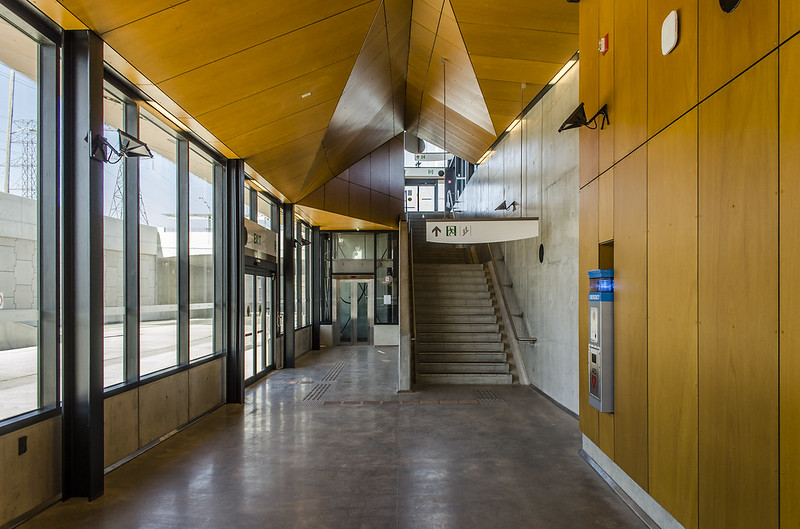I guess our last subway project was Sheppard, so it's hard to gauge. But are the interiors standard? For me they seem quite unique and extravagant, particularly the northernmost three.
Here's Vaughan Station. I'd say this is the most extravagant feature of TYSSE. It's no more extravagant than Downsview, Eglinton West or Yorkdale, imo.
Pioneer village station:
Again, not unusually extravagant. It reminds me a lot of the Mississauga Transitway, just on a much larger scale.
Mafalda
Highway 407 Station is nothing noteworthy, in my opinion.
I know a lot of people have voiced concerns over the grandiose size of these stations. I have no idea what the square footage of these station are and how they compare to the rest of the system. However, I've always known renders to exaggerate the size of buildings. I'd expect them to be less grandiose in person. Also, consider that large stations aren't unusual in Toronto. For example, Finch, Sheppard-Yonge, York Mills, Downsview, Wilson, Spadina, Lawrence, Kennedy, Warden and I'm sure others are all rather large.
The complaints about the designs of the station are a distraction. This is a multi billion dollar project. Making the stations smaller, with less thought put into design would've saved a relatively inconsequential amount of money. The true extravagance of TYSSE lies within the tunnels, where we're paying billions of dollars to built an underground RT line that would've worked perfectly fine on the surface.


